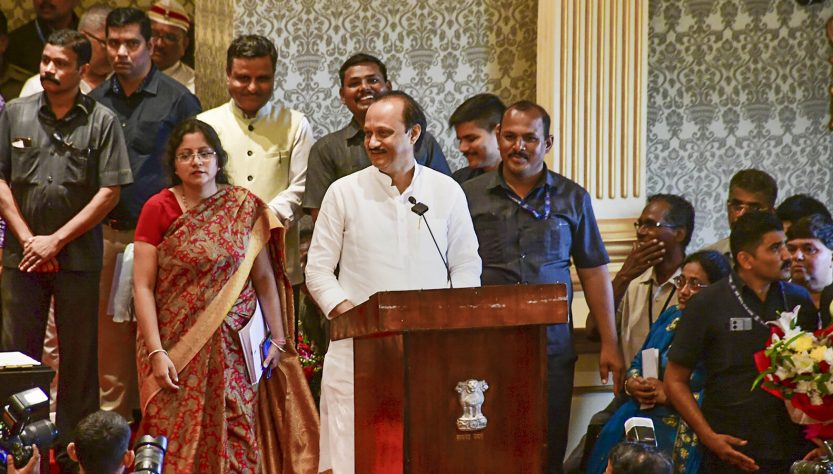
Bombay has a population of 12.5 Million people. About 60% of the population lives in slums. Real estate prices range between an absurd 3,00,000 per square feet to 12,000 per square feet making it impossible for most to buy a house in the city. Builder, Politician and Landowners nexus makes land scarce. Add to this rule and regulations that strangle utilization of land through Floor Space Index Rules and you have the perfect recipe for daily struggle for most of the residents.
Bombay requires a complete rethink. Not only Bombay for that matter most cities need a complete rethink.
Every day millions move from their homes to work places using public and private transport and most travel in sub-human conditions often spending up to four hours every day in a wasteful commute.
Yet, transport service providers are running in a loss.

The solution to the problem lies is rationalizing the city and making public transport so strong that people do not use personal vehicles.
How can this be done?
The only solution that will work is to make the city go vertical. For this we need suitable amendment in the FSI rule. We need to do away with the rule completely.
Areas near railway stations should be cleared to expand the railway system into an 8 track system from the present 4 track at most places. All platforms should be double discharge and there should be no vending allowed on stations. All stations should have elevated bus and public transport stands such as people can use these facilities to quickly move out of the station into the waiting transport. They should not spill onto the roads.
Offices should be located not more than two kilometers from any station and therefore within walking distance. Covered walkways should be provided from stations to office complexes. It would be best if the office complexes were located on the railway station itself thus eliminating the need for people to travel using any public transport.
Every building should be of at least 40 floors with refuge floors every 7th floor. This will lead to accommodation of 288apartments if the building was to have 2 wings with 4 apartments per wing. This will move about 288 families into one tall building. Each flat should be a standard apartment of 1000 square feet and consist of 3 Bed Rooms, a Living Room and a Kitchen. Standardizing the apartment will allow for factory made doors and windows and reduce time taken for constructing the building. Such a building will occupy about 12000 Square feet of ground space. Even if one such building came up on 1 Acre of land, we will need about 9000 acres of land to house the current population. And we have much more than this available, in fact we have 600 times this land mass available.
These houses can be sold for around 4000 rupees per square feet giving a profit of about 2000 rupees per square feet to the builder, a massive profit one would say. A house anywhere in the city will thus cost40,00,000. An affordable figure.
All the available land should be acquired by the state for the good of the people.
As people get concentrated near railway stations, the far off areas of the city can be returned to nature and be converted into forests and parks for the benefit of the residents.
Markets can also be made vertical with a few buildings serving the purpose of the community rather than malls which are energy inefficient and eventually cost the consumer.
Can this be done? Yes. Will it be done? Maybe, if we are able to rise above personal greed and personal gain. We can create a city that redefines the way we live.



No comments:
Post a Comment